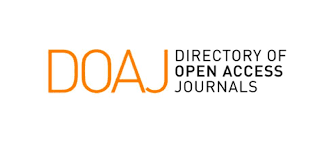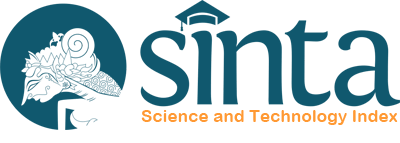MEMODELKAN PRODUK DOMESTIK REGIONAL BRUTO DI INDONESIA MENGGUNAKAN REGRESI DATA PANEL SPASIAL
Abstract
Gross regional domestic product (GRDP) is one of the important indicators to determine economic conditions in a region. The magnitude of the growth rate of GRDP is developed by the progress of regional economic development, both carried out by the government and the private sector in order to improve the welfare of the population. The purpose of this study is to examine the business sector that has the most significant influence on GRDP in Indonesia by applying spatial panel data regression. The results show that the best model in modeling GRDP in Indonesia is the spatial lag common effect which has an value of 83,13% while the independent variables that are significant to the increase in GRDP can be divided into two, namely significant positive and significant negative effects. The variables that have a significant and positive effect on GRDP are agriculture, forestry, and fisheries , mining and quarrying electricity and gas supply, water supply, waste management, waste and recycling, construction, financial services and insurance, real estate, and other services. wholesale and retail trade; car and motorcycle repair, transportation and warehousing, company services education services .
Downloads

This work is licensed under a Creative Commons Attribution 4.0 International License.

This work is licensed under a Creative Commons Attribution 4.0 International License.









